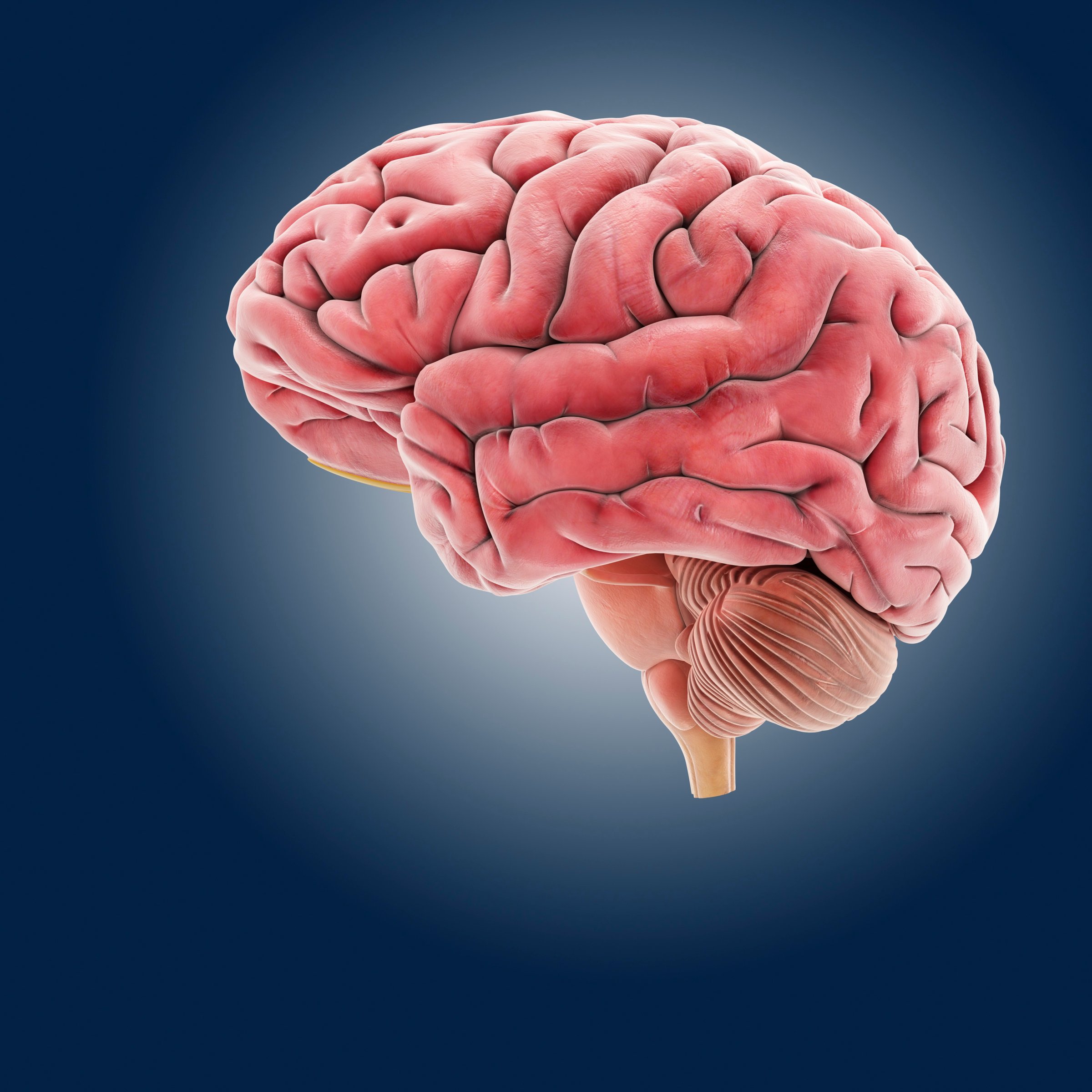
There’s plenty of evidence that suggests that children who are more physically active do better in school. But what’s contributing to the boost in brain power?
In a study, published in the journal Frontiers in Human Neuroscience, researchers led by Laura Chaddock-Heyman, a research associate in psychology at the University of Illinois at Urbana-Champaign, report that children who are more fit have more white matter in their brains than those who aren’t as fit. The areas of the brain where more white matter was observed are important for attention and memory, and are critical for linking different parts of the brain together.
The study is the first to find a connection between exercise and white matter in children. Previous studies focused on specific structures of the brain, such as the hippocampus, which is involved in memory, and how exercise affected their size and volume. In the current study, however, Chaddock-Heyman and her colleagues show that the improved fitness that comes with exercise may lead to other beneficial changes in the brain as well, such as improving the way signals are sent around the brain via the white matter.
But whether the bulkier white matter actually translates into higher IQ or better school grades isn’t clear yet. Chaddock-Heyman says the study did not track the students’ cognitive abilities, though previous, smaller studies have linked white matter to better math scores, for example. “It’s possible that white matter differences as a function of fitness are driving the cognitive differences we see in the brain,” she says. “But that that’s speculation at this point.”
What the results do show, however, is that physical activity may be an important part of keeping children’s brains active and open to learning. Physical education class and recess may be just as important to doing well in school as time spent in a classroom. “We are hoping our work encourages more support of physically active lifestyles,” says Chaddock-Heyman. She and her colleagues are continuing their work with a five year trial in which children are randomly assigned to an aerobic fitness program or not, so their white matter changes and their academic performance can be tracked.
“More schools are contributing to our more sedentary lifestyle by eliminating or reducing physical activity during the school day,” says Chaddock-Heyman, “and we know that aerobic fitness is related to the size of brain structures as well as their function.”
More Must-Reads from TIME
- Donald Trump Is TIME's 2024 Person of the Year
- Why We Chose Trump as Person of the Year
- Is Intermittent Fasting Good or Bad for You?
- The 100 Must-Read Books of 2024
- The 20 Best Christmas TV Episodes
- Column: If Optimism Feels Ridiculous Now, Try Hope
- The Future of Climate Action Is Trade Policy
- Merle Bombardieri Is Helping People Make the Baby Decision
Contact us at letters@time.com